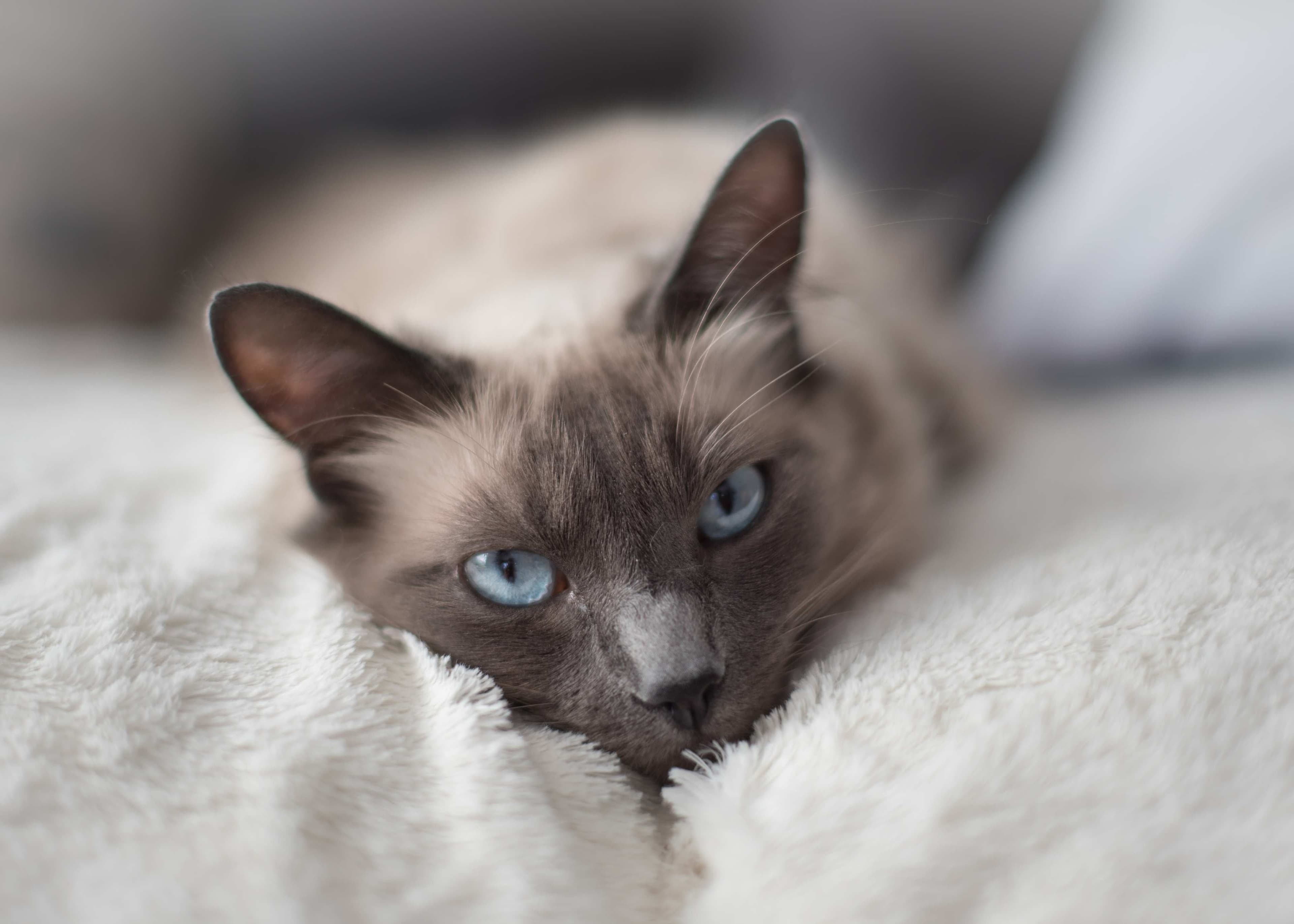Diabetes in cats has increased by 18% over the past 10-years, and 1 out of every 230 cats is affected by feline diabetes.
What is feline diabetes?
Diabetes is a condition in which the feline body cannot properly produce or respond to insulin. This results in elevated levels of the sugar glucose, which is the body’s main source of energy. Therefore, it is a condition where your cat has difficulty using sugar as an energy source.
There are 2 types of diabetes in cats: Type I and Type II.
In Type I diabetes, glucose levels are high due to a decrease in insulin production.
In Type II diabetes, glucose levels are high because the cells in the body do not respond appropriately to insulin. Feline diabetes is most often classified as Type II diabetes.

Image source: [Rapid Labs
](https://www.rapidlabs.co.uk/blog/monitoring-glucose-in-diabetic-pets/)
What causes diabetes in cats?
The exact cause of feline diabetes is unknown, however, it's more likely to affect overweight cats, because obesity makes the cat's body less sensitive to the effects of insulin.
Other risk factors for feline diabetes include increasing age, male gender, genetic predisposition, environmental factors, physical inactivity, certain drugs and poor quality diet.
Cats are obligate carnivores, meaning their bodies evolved to eat a high-protein, low carbohydrate diet. Cats are exceptionally good at making glucose from proteins no matter how many carbohydrates they are taking in. The fact that cats evolved consuming low-carbohydrate prey has led to speculations that high-carbohydrate diets could be detrimental for a cat’s health. More specifically, it has been suggested that excess carbohydrates could lead to feline obesity and diabetes mellitus.

What are the early signs of feline diabetes?
1. Increased Appetite and Weight Loss
This happens because the cells can no longer absorb the glucose from the blood appropriately. As a result, starved cells will trigger the breakdown of the fats and proteins available in the body as an alternative source of energy.)
2. Excessive thirst and urination (watch for larger than normal urine clumps)
The kidneys try to remove the excess glucose from the feline body through urine. The high levels of glucose pulls extra amounts of water into the urine. Increased urination indicates high body water losses, possible dehydration, and increased thirst.

Image source: PetCare
If you notice any of these signs, please bring your cat to their veterinarian as soon as possible. Your veterinarian will ask about changes in your cats' behavior and any clinical signs present. Diabetes is diagnosed by testing glucose concentrations in the blood and urine. If diagnosed, most diabetic cats will require insulin therapy as part of their treatment. Diet is also a very important cornerstone of treatment along with exercise and reduction of stress.
What should you do now?
Early detection is key! Thankfully, if caught early enough, feline diabetes can be managed successfully and sometimes even reversible. You can learn more about managing diabetes here and watch a webinar here.
Has your cat been diagnosed with diabetes? Help us find a cure
Share your story with @basepaws about #PetDiabetes Month!
References:



